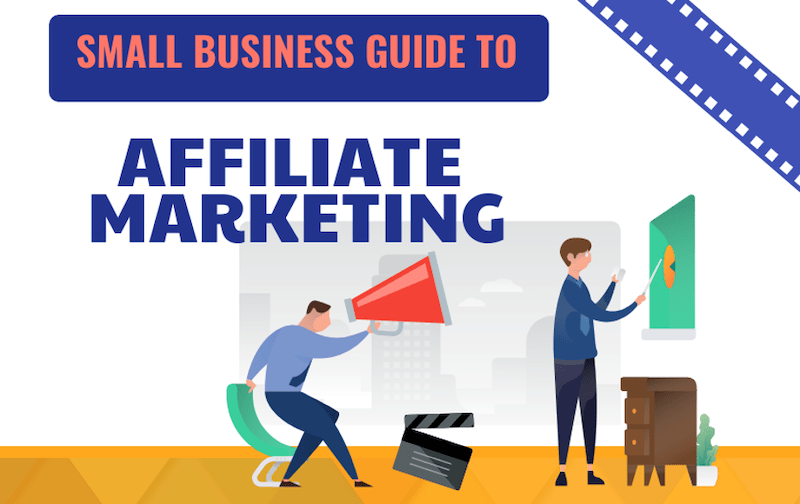Affiliate marketing offers an enticing avenue for entrepreneurs to earn income by promoting other people's products or services. Whether you're looking to supplement your income or establish a substantial revenue stream, becoming an affiliate marketer can be a lucrative venture. This guide will navigate you through the process of becoming an effective affiliate marketer from scratch.
Step 1: Understand the Basics of Affiliate Marketing
Before diving in, it's essential to grasp what affiliate marketing involves. Essentially, as an affiliate marketer, you earn a commission for marketing another company's products or services. You promote these offerings through various channels, and when a sale is made through your affiliate link, you receive a percentage of the transaction.
Step 2: Choose Your Niche
Success in affiliate marketing often hinges on focusing on a specific niche. Choose a niche that you are passionate about or where you have expertise. This could be anything from tech gadgets and fitness equipment to beauty products and educational courses. A well-defined niche allows you to create targeted and compelling content that resonates with a specific audience.
Step 3: Research Affiliate Programs
Once you've identified your niche, the next step is to find affiliate programs that fit your chosen category. Look for programs with a reliable reputation, favorable commission structures, and quality products or services. Consider factors such as the level of support the program offers, its payment methods, and any minimum sales thresholds.
Step 4: Set Up Your Online Platform
To promote affiliate products, you'll need an online platform. While a blog or a website is the most common choice, social media platforms like Instagram, YouTube, or Facebook can also be effective, depending on your target audience. Ensure your platform aligns with your niche and provides valuable content to your audience.
Step 5: Create High-Quality Content
Content is the cornerstone of affiliate marketing. Whether it's detailed blog posts, reviews, tutorials, or engaging videos, your content should provide value to your audience. High-quality, informative, and engaging content helps build trust with your audience, making them more likely to purchase the products you recommend.
Step 6: Drive Traffic to Your Content
Generating traffic is crucial for affiliate marketing success. Use a mix of strategies to attract visitors to your platform, including SEO (Search Engine Optimization), PPC (Pay-Per-Click) advertising, email marketing, and social media engagement. SEO will help your content rank higher in search engine results, bringing organic traffic, while PPC can provide immediate traffic from targeted advertisements.
Step 7: Optimize for Conversions
Attracting traffic to your site is just part of the journey; converting that traffic into sales is key. Optimize your website for conversions by ensuring your affiliate links are visible and your calls to action (CTAs) are compelling. Consider using tools like heatmaps to analyze where visitors click the most and A/B testing different layouts or content styles to see what converts best.
Step 8: Comply with Legal Requirements
Transparency is critical for affiliate marketer. Ensure you disclose your affiliate relationships to your audience in accordance with FTC guidelines. This not only builds trust with your viewers but also adheres to legal requirements, protecting you from potential fines.
Conclusion: Building a Sustainable Affiliate Marketing Business
Becoming a successful affiliate marketer doesn’t happen overnight. It requires dedication, ongoing learning, and adaptation to new trends and technologies. By understanding your audience, continuously enhancing your content and strategies, and maintaining ethical standards, you can build a profitable affiliate marketing business.





